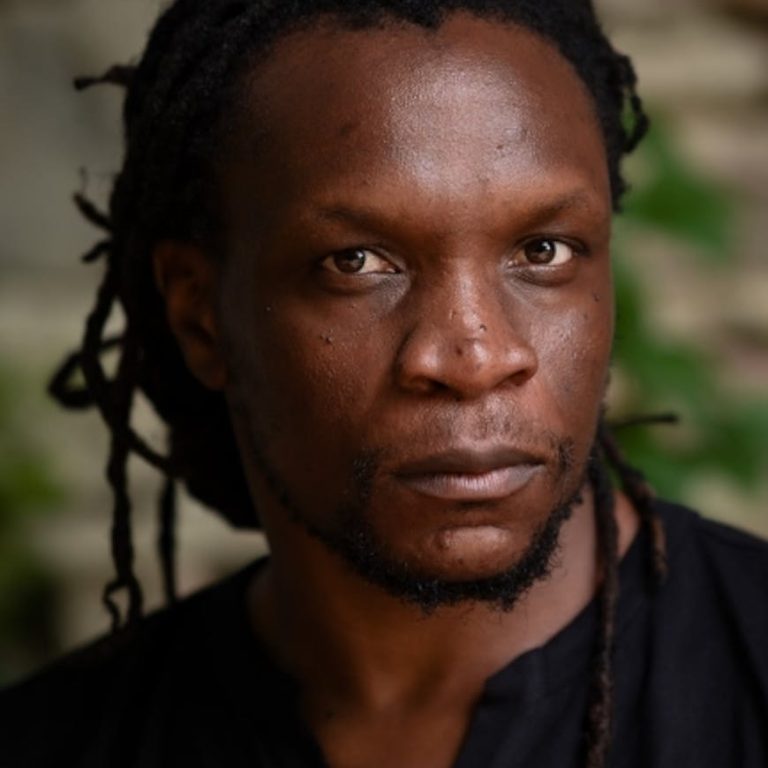As we remarked on with his poem “Hotel Lobby”, Alan Shapiro’s “Stone Church” is also part of a collection entitled “Night of the Republic” in which the poems explore normally busy places when they are unoccupied. The judges’ citation for this Griffin Poetry Prize 2013 shortlisted work describes how “Shapiro’s unwavering gaze fixes on…
As we remarked on with his poem “Hotel Lobby”, Alan Shapiro’s “Stone Church” is also part of a collection entitled “Night of the Republic” in which the poems explore normally busy places when they are unoccupied. The judges’ citation for this Griffin Poetry Prize 2013 shortlisted work describes how “Shapiro’s unwavering gaze fixes on vacant public spaces at night … and finds in those absences a way to read the marks of human presence …”
Shapiro frames this poem with distinct sensations of rising and falling, at the outset:
“A space to rise in,
made from what falls”
and at the end of the poem:
“that stone is forever
falling into light
that burns as it rises,
cooling, into stone.”
Those sensations can pertain as much to the examining the architectural origins of the structure as its spiritual underpinning. Intriguing, the slim columnar layout of the poem on the page seems to reinforce these sensations, encouraging the eye to run up and down – to rise and fall – over the length of the poem.
In another recent Poem of the Week, “When Eyes Are on Me” by Yusef Komunyakaa, we observed the length of a poem’s lines can influence various impressions we have of the poem – pace, tone, breath and more. The Poetry Archive discussion of poem lines focuses on how line length affects how the poem is read … but in Shapiro’s poem, the line length effect is arguably more visual. Is it possible he’s subtly incorporating concepts of concrete poetry in this poem? As this definition explains and illustrates it, “concrete poetry is a form of verse in which words or lines are arranged to create a physical image. This is achieved when the poet uses word spacing, line length, page orientation, or other physical elements of writing (typography) to reflect or comment on the poem’s subject or theme.”
What do you think?



